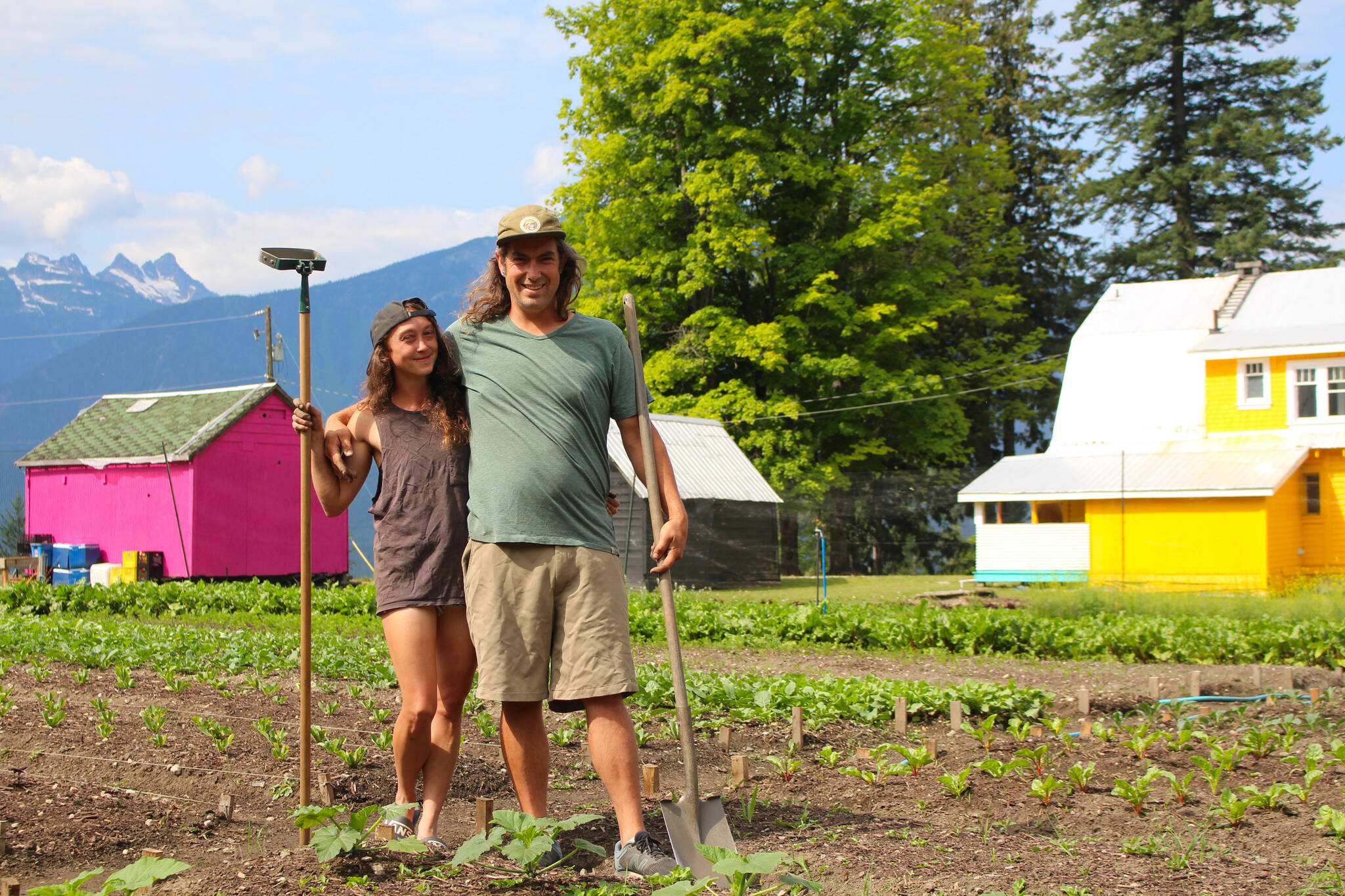Money may not grow on trees, but tea does.
From make-believe tea parties to cold remedies or just something to sip on, tea has been a multipurpose staple for millennia. But where does it come from? How does one go from plant to cup?
Megan Twaits and Jeremy Marotte at Refuge Farm and Foraged Goods in Revelstoke, B.C., shared their journey from seeking to steeping.
The couple’s path to being a farming and foraging duo was not entirely linear. Marotte was an executive chef and Twaits a stylist with a second job at a pizza place. Tired of the daily rat race, they packed up their lives in 2019, and with Marotte’s extensive forestry knowledge, the farm was born. In the beginning, they foraged mushrooms full-time. Stumbling on the plants for tea was a fluke and at first, was just something the two enjoyed for themselves.
“Our main focus in our company is to provide food without excessive travel, to find foods locally, to grow locally. And, to remain sustainable,” said Marotte.
“We started picking it a little bit for ourselves, but once we found stinging nettle, naturalized patches of lemon balm and wild mint, we started looking into it more and decided that there are so many other things available,” said Twaits.
“We started also growing berries and kind of concocting our own tea, but now it’s evolved into, very simply, only nettle or only mint and so on. Once we decided foraging isn’t going to pay the bills year-round, we started a farm and the foraging and tea is just our dry stock,” she said.
There is an art to the perfect cuppa
The foraging process begins, of course, in nature. Twaits and Marotte walk in the surrounding forests and find patches of plants that can be used for tea.
Twaits emphasized the importance of not over-harvesting and said leaving behind a decent patch is crucial for it to remain generative. One must respect the forest and not be selfish in harvesting, she said.
To achieve this, the couple lives by the 20 per cent rule, only taking that much from a patch at a time. The foraging window is often incredibly short as well, only having a few weeks or sometimes days to harvest when the plants are at their peak season.
Once collected, the tea leaves need to dry. Twaits said that drying can be done by hanging it or even dehydrating it, but it can’t be too hot or it will damage the plant.
After the tea plants are dry, they’re ready to be consumed. Twaits normally recommends around one teaspoon for one mug or one tablespoon for a pot. Once the water has boiled, she said it’s best to let it sit for around 30 seconds before pouring it over the tea— if the water is still actively boiling, it will scorch the leaves rather than steep them.
For steeping time, Twaits said she generally tells their customers to let it steep for 10 to 13 minutes to achieve the most full flavour.
For anyone that may be looking into foraging, Marotte says it’s best to start slow. Learning about what plant species are invasive and native to an area is one of the keys, as it sets the course for what quantity someone can harvest in while still remaining sustainable. Keeping sustainability in mind when foraging for foods or tea leaves can help prevent plants from being unable to re-grow in the same places each year.
Say hello to Refuge Farm and Foraged Goods by visiting instagram.com/refugefarm.
@kimakimberlin
kim.kimberlin@blackpress.ca
Like us on Facebook and follow us on Twitter

